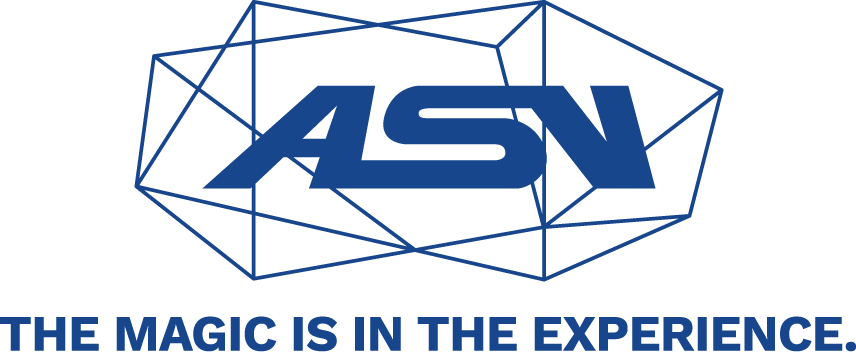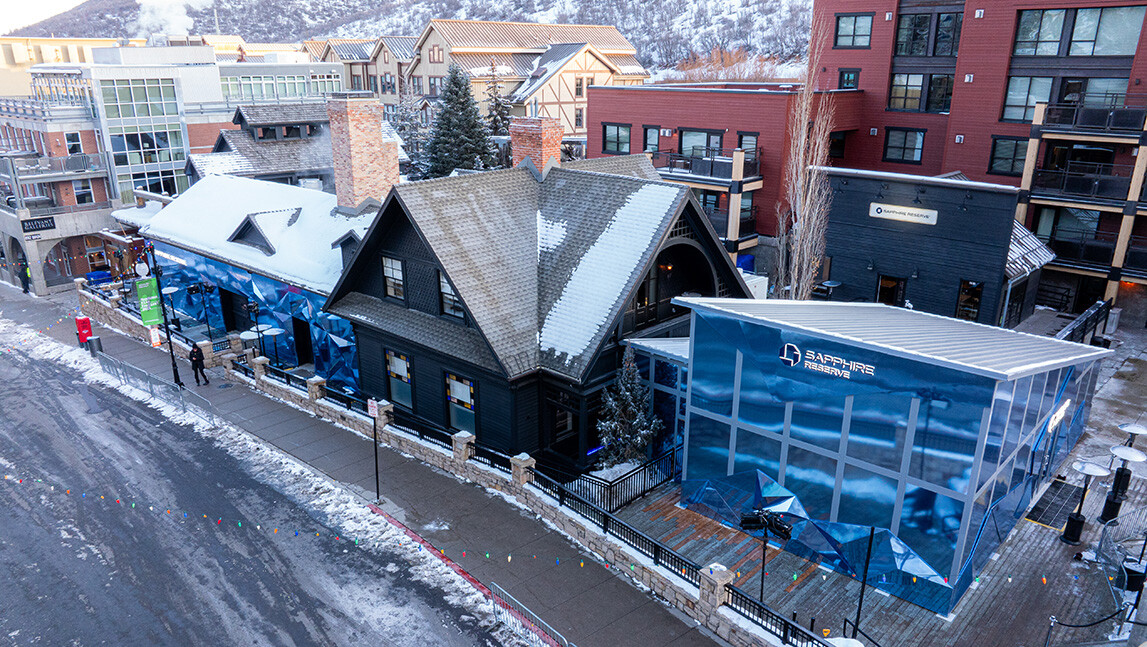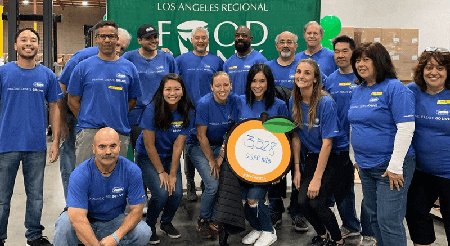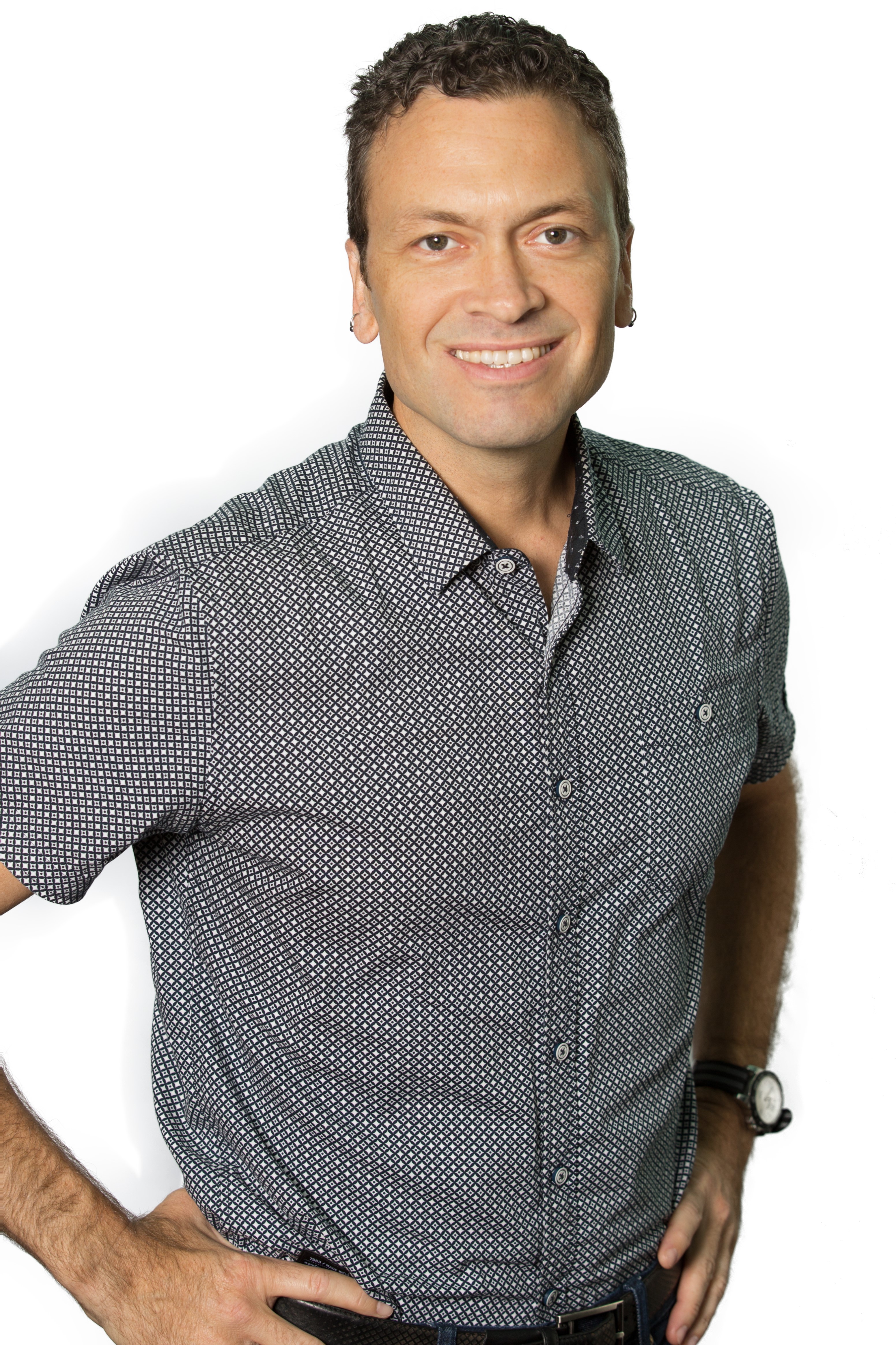[Article links updated. Originally published on July 8, 2021.]
What now?
That’s a question many brands and event organizers are asking themselves as the fallout of COVID-19 becomes less pronounced. But the answer to that question doesn’t require a lengthy search, especially for brands that hosted hybrid events during the peak of the pandemic.
Circumstances forced many organizers to forgo traditional in-person gatherings and weave virtual elements into those events. This approach helped keep in-person attendees safe and remote visitors engaged, even from the comfort of their own homes.
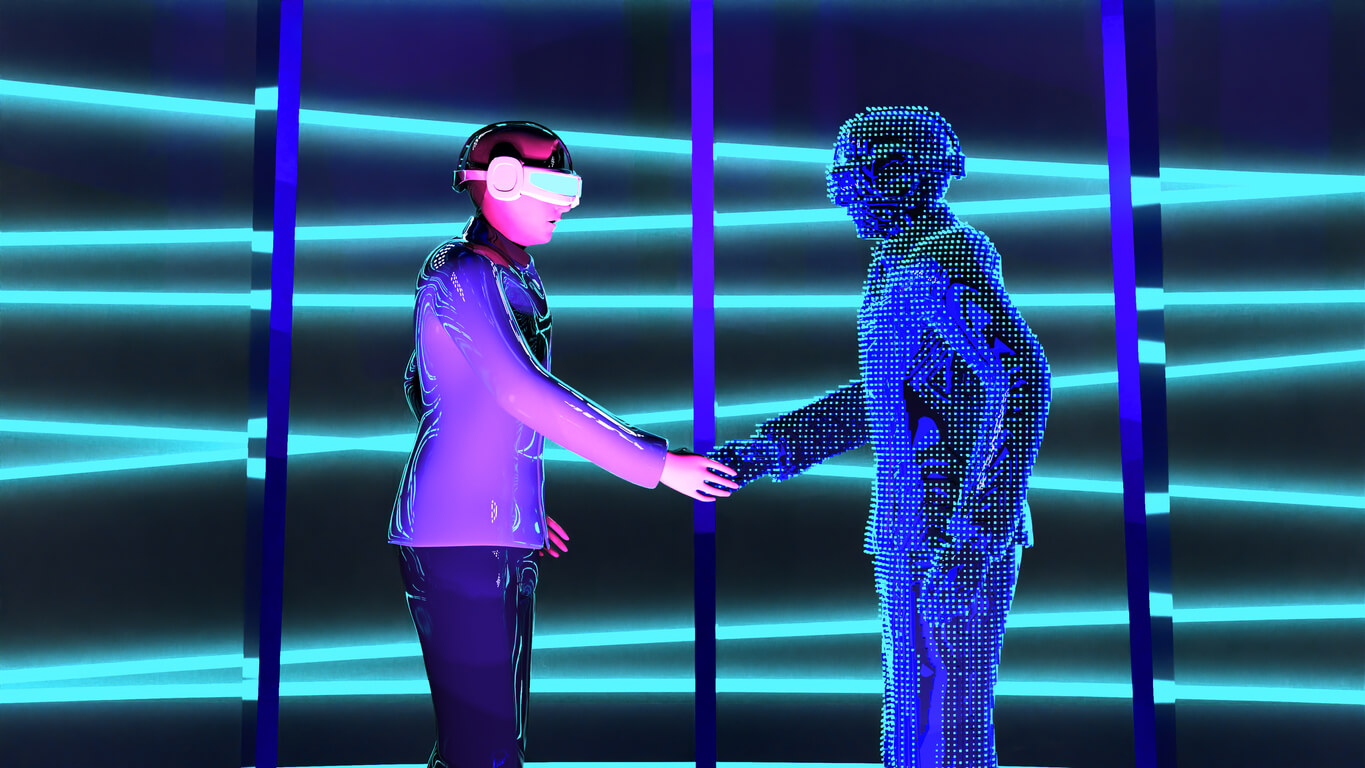
For brands that want to embrace this hybrid approach, a slew of solutions can help coordinate this caliber of event. Here are a few that were pivotal during the pandemic and will likely retain that influence moving forward:
1. Virtual Technology: About 34% of event organizers surveyed by Markletic say they’ll invest more in hybrid events in the next few years. A shift toward virtual will likely aid that move with augmented and extended reality options that link in-person and remote attendees.
Event marketing software Banzai recognized this pivot and adjusted accordingly. In 2021, the Seattle-based company acquired $15 million in venture debt funding amid buying virtual event platform High Attendance and webinar provider Demio.
Each purchase illustrates the read that Banzai is getting on the event landscape. Hybrid events are becoming an expectation, and an investment in virtual products is a pivotal step toward keeping up with that change. Investing in a high-concept solution like virtual creates questions about how long it takes to see that choice validated financially. It also presents an opportunity to expand the scope of your event and, indirectly, your brand as a whole.
2. Hologram Technology: For years, holograms seemed like the stuff of science fiction. That’s about to change. According to CNBC, Google is expanding testing of its Project Starline, which are 3D video call booths where you can chat with holographic versions of your friends, family and coworkers. After successful early tests in its offices, Google will expand the offering to corporate partners like Salesforce, WeWork, and T-Mobile.
Google says Project Starline can increase employee presence, attentiveness, and productivity compared to traditional video calling solutions. In 2023, hologram technology is applicable at an attainable level. Guests can beam in from anywhere in the world, which seems like a smart and engaging addition to any event.
Aided by a Hologauze and a projector, former One Direction singer Liam Payne performed next to his own avatar at the EE BAFTA Film Awards. The use of holograms in live entertainment events points to it being viable for all kinds of gatherings in the future.
3. Overlay Technology: Visual is a crucial element to hybrid event planning, but it’s only one element. The ability to speak, interact, and engage with attendees worldwide is vital, which is why overlay solutions must help bring the whole thing together.
Polls, chat, social media, merchandise, sweepstakes and calls to action are must-haves to engage those who aren’t there in the room with your brand. How? By incorporating seamlessly into the flow of an event, either through display images, sponsored posts, or other types of outreach (e.g., email marketing, targeted social messaging, etc.). These features link brands with their audiences, allowing the former to share their stories and the latter to illustrate the impact of that narrative.
The look and feel of events post-pandemic will change, but that doesn’t have to be a bad thing. Brands now have the chance to use a slew of technology solutions to host hybrid events that connect with broader audiences than before.
While uncertainty looms about the future of hybrid events, one thing is for sure: The tools and strategies to pull them off are out there and ready for you.
